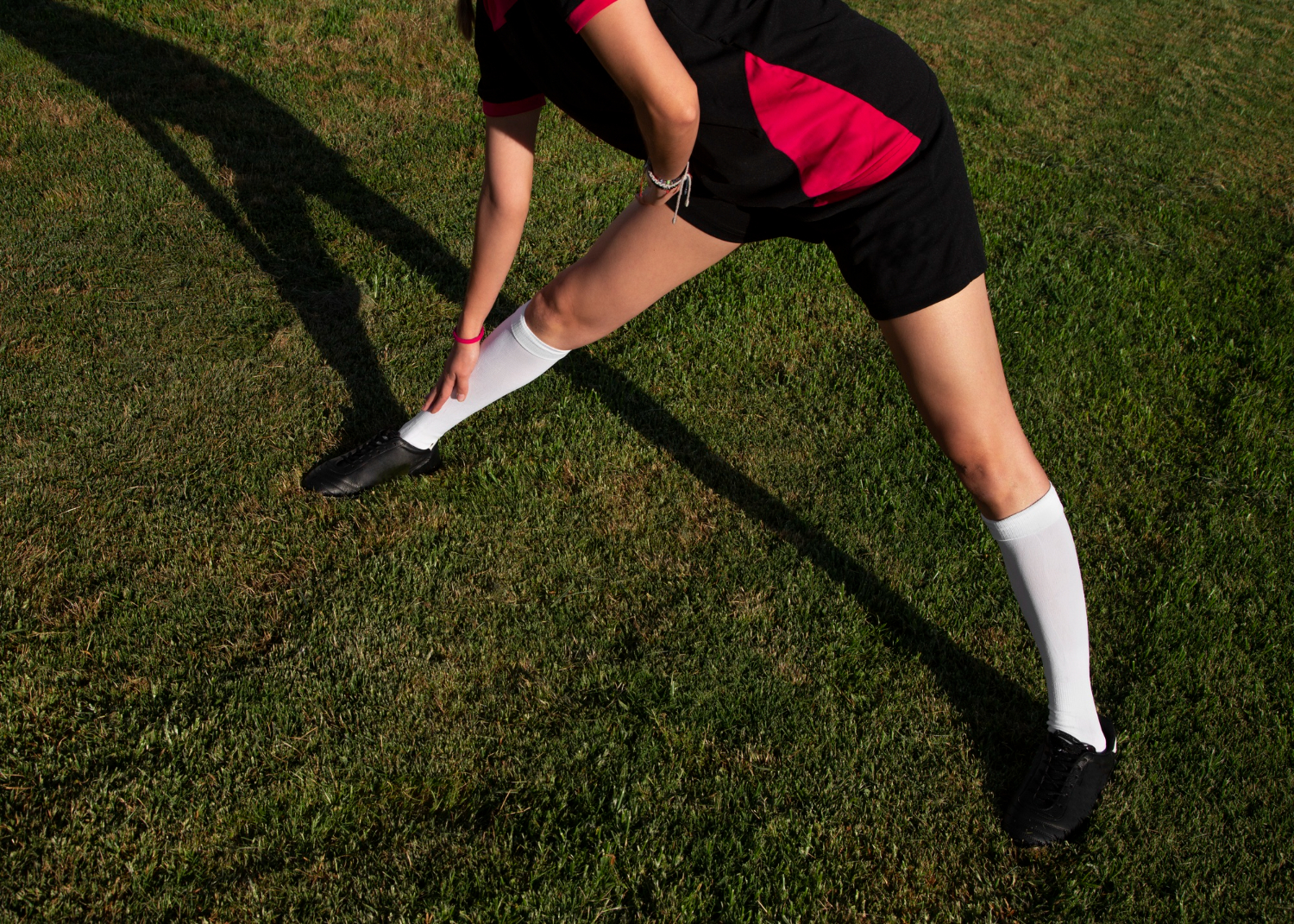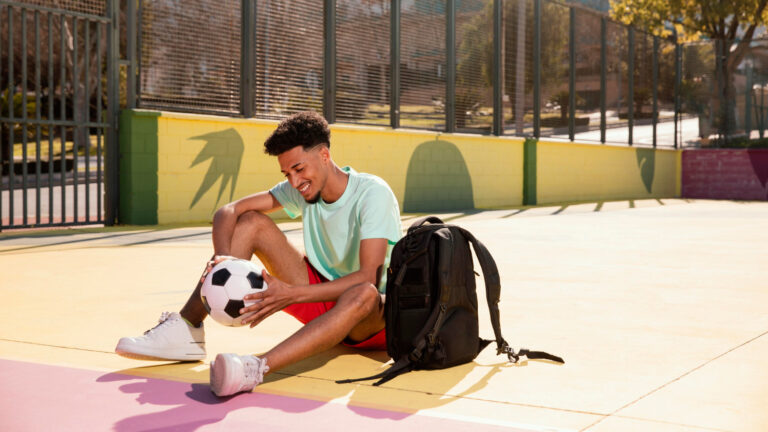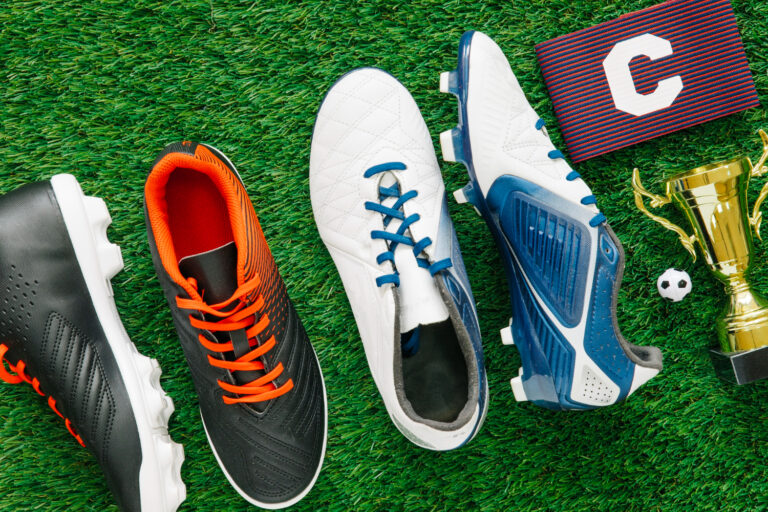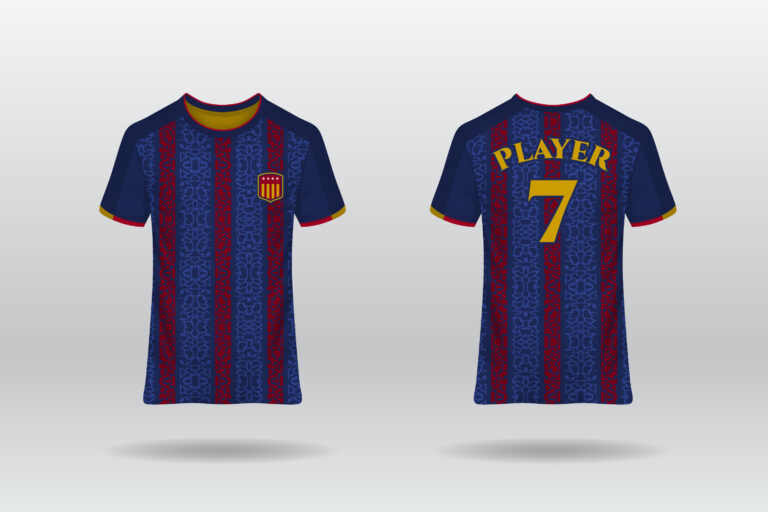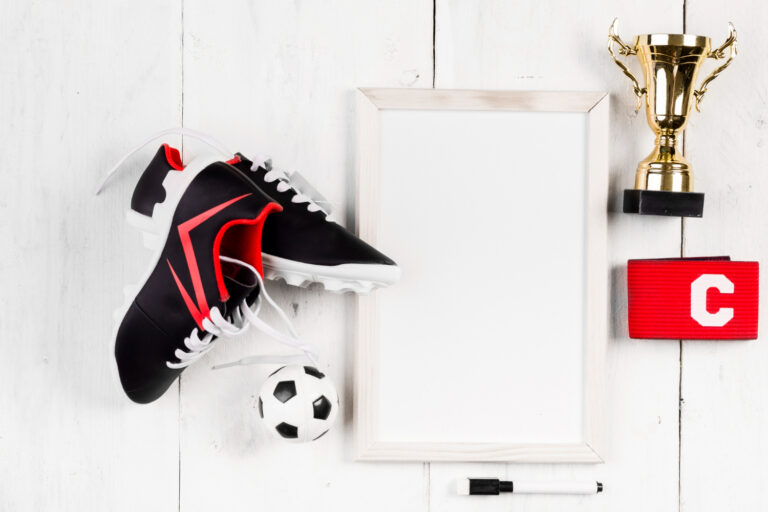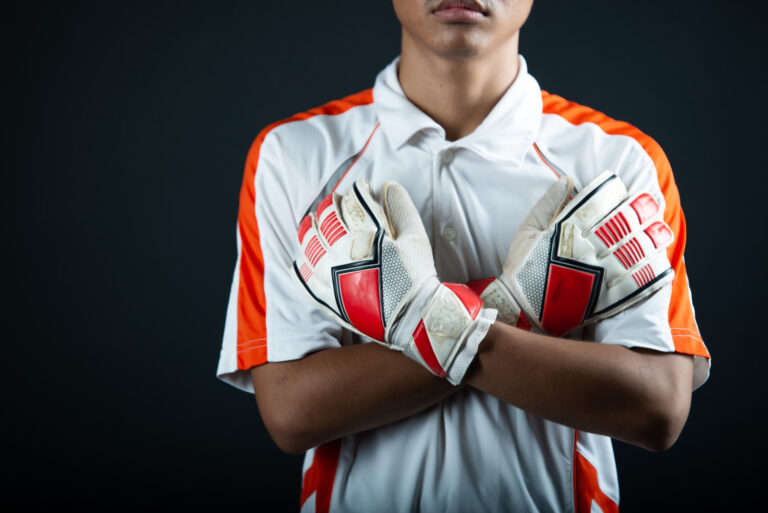The Ultimate Guide to Choosing Shin Guards
Shin guards are the unsung heroes of football gear. They don’t score goals, they’re rarely stylish, and no one’s lining up to swap them after a match , but every player needs them. Whether you’re charging into tackles or just protecting your legs from an accidental swing, the right pair of shin guards can make all the difference.
I’ve gone through dozens of pairs over the years , some that barely stayed on, others that felt like medieval armor , and I’ve learned there’s a lot more to shin guards than meets the eye. From slip-ins to ankle protection, the choices are vast, and what works for one player won’t always work for another. This guide breaks down what to consider when choosing the right pair for your playing style, position, and comfort.
Why Shin Guards Matter
They’re mandatory for a reason. A solid knock to the shin can end your game, if not your season. Shin guards absorb the impact from collisions, reducing your risk of fractures, cuts, or bruises. Even at amateur level, tackles and stray boots can cause serious damage. For younger players, they’re even more critical since developing bones are more vulnerable.
But protection isn’t the only factor. Poorly fitting shin guards can slide around, distract you mid-match, and ruin your rhythm. Some players ditch them halfway through training just to feel comfortable again. That’s why finding the right fit , one that protects without interfering , is key.
Different Types of Shin Guards
Slip-In Guards
Slip-in shin guards are lightweight and designed to be worn inside tight socks or sleeves. They’re the go-to for professionals and advanced players who prefer minimal bulk and maximum freedom of movement. They offer less protection around the ankle but are easier to forget you’re wearing.
Best for: Wingers, midfielders, and technically skilled players who want to prioritize agility.
Ankle Shin Guards
These come with added padding around the ankle and usually include stirrups or straps to keep them in place. While they’re bulkier, they offer more comprehensive protection , especially for younger players or defenders who see more aggressive tackles.
Best for: Defenders, young players, and those returning from lower leg injuries.
Sock-Style Shin Guards
This hybrid combines socks and guards into one piece of gear. They’re popular among youth leagues for convenience and compliance. Slide them on, and you’re good to go , but they’re often not customizable in terms of fit or padding.
Best for: Beginners, casual players, and youth teams looking for ease of use.
What to Look for When Buying Shin Guards
Fit and Size
Fit is non-negotiable. A guard that’s too long restricts movement; too short, and it leaves you exposed. Measure from just below your knee to just above your ankle, and check size guides carefully. Your position also matters , defenders usually go for more coverage, while attackers prefer lighter gear.
Material and Protection
Most guards are made of plastic, fiberglass, or carbon fiber. Plastic is affordable and decent for light play. Fiberglass balances weight and protection. Carbon fiber is lightweight and ultra-tough but can get pricey. Also, check the interior lining , foam or gel padding adds comfort and absorbs shock.
Straps vs. Sleeves
Some shin guards come with Velcro straps to secure them, while others rely on compression sleeves. Straps are adjustable and ideal for those who need a tighter grip, but they can irritate skin. Sleeves feel smoother and hold slip-ins in place, but you’ll need the right sock tension for best results.
Ankle Protection
For players who get clipped often or are just starting out, that extra ankle cushioning can prevent rolled ankles and bruises. For others, it might just feel like unnecessary weight. It’s a trade-off between safety and speed.
Choosing Shin Guards by Position
Forwards
Go light. You want shin guards that let you dart through defenders without slowing down. Slip-ins are ideal, preferably in carbon fiber or fiberglass. Comfort and weight take priority here.
Midfielders
Balance is key. You need guards that protect but don’t feel bulky. A mid-sized slip-in with good inner padding and secure sleeves will let you keep control and go box-to-box without noticing them.
Defenders
You need bulk and coverage. You’re taking on challenges, blocking shots, and sticking legs out constantly. Ankle guards with thick padding offer the durability you need for every clash.
Goalkeepers
Some keepers wear shin guards just to meet regulations. Others, especially those who dive at attackers’ feet, opt for something more secure. Lightweight slip-ins usually suffice unless you’re in a very physical league.
Maintenance Tips
Shin guards get sweaty and gross quickly. Always air them out after use and wipe them down regularly. If they come with removable sleeves, wash those with your kit. A spritz of sports gear deodorizer also helps keep the smell under control.
Check for cracks, peeling foam, or worn-out sleeves every few months. A damaged shin guard can’t protect you properly, and it’s not worth the risk. Most decent pairs will last a full season, sometimes more if cared for well.
Final Thoughts
The right pair of shin guards won’t make you a better player , but the wrong ones can certainly hold you back. Comfort, fit, and protection should all be top of mind. Once you find the pair that disappears on your leg the moment the whistle blows, you’ll know you’ve made the right choice.
It’s not glamorous, but choosing the perfect shin guards is one of those details that separates good players from great ones. You play better when you’re not thinking about your gear , and that’s exactly the goal.

